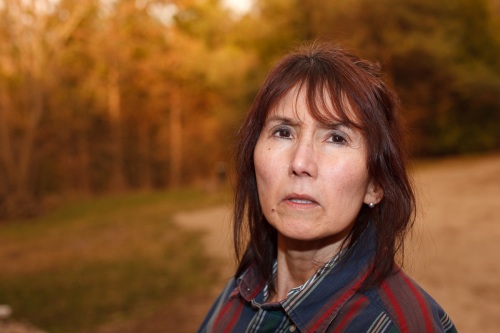As a result of yesterday’s shoot, reader Franklin asked:
Michael, I often use my flash for outdoor portraits. Since I don’t have anywhere to bounce the flash, I often point it straight at my subject. In many cases, I end up having to deal with the oily, overexposed skin highlights mentioned in your previous post. Any tips you could offer to create soft, natural looking skin tone would be greatly appreciated.
Great question. Yes, outdoors flash can be challenging, so here are my tips.
- First, outdoors you can sometimes bounce. A wall, for instance, can provide a wonderful soft ounce area. If possible, try that first. (A Gary Fong Lightsphere may make this easier if there are some small things that light could bounce off. Like people, trees, a car, a fridge, you name it. The Fong Lightsphere throws light everywhere so it sometimes works.)
- Second: next, try to soften the light. I often use a Honl Photo Traveller 8 softbox for this. Sometimes a Honl bounce card.
- Third: the direction of the light is important. One reason outdoor flash can look unnatural is that the flash is shooting from where the camera is. If you can take it off the camera, using an off-camera flash cord like the ones of Flashzebra.com, you will get much more natural light. Shoot with the light coming from above (even a foot), and at an angle.
- Fourth: I often add some colour, like a quarter CTO or half CTO filter, to warm up the flash. This removes much of the objective (see yesterday’s picture).
- Finally: it is allowed, even a good thing, to shoot with direct flash outside. And Photoshop or Lightroom can help remove the nasty skin highlights. Sometimes this is just the price you pay!
I hope that helps!





